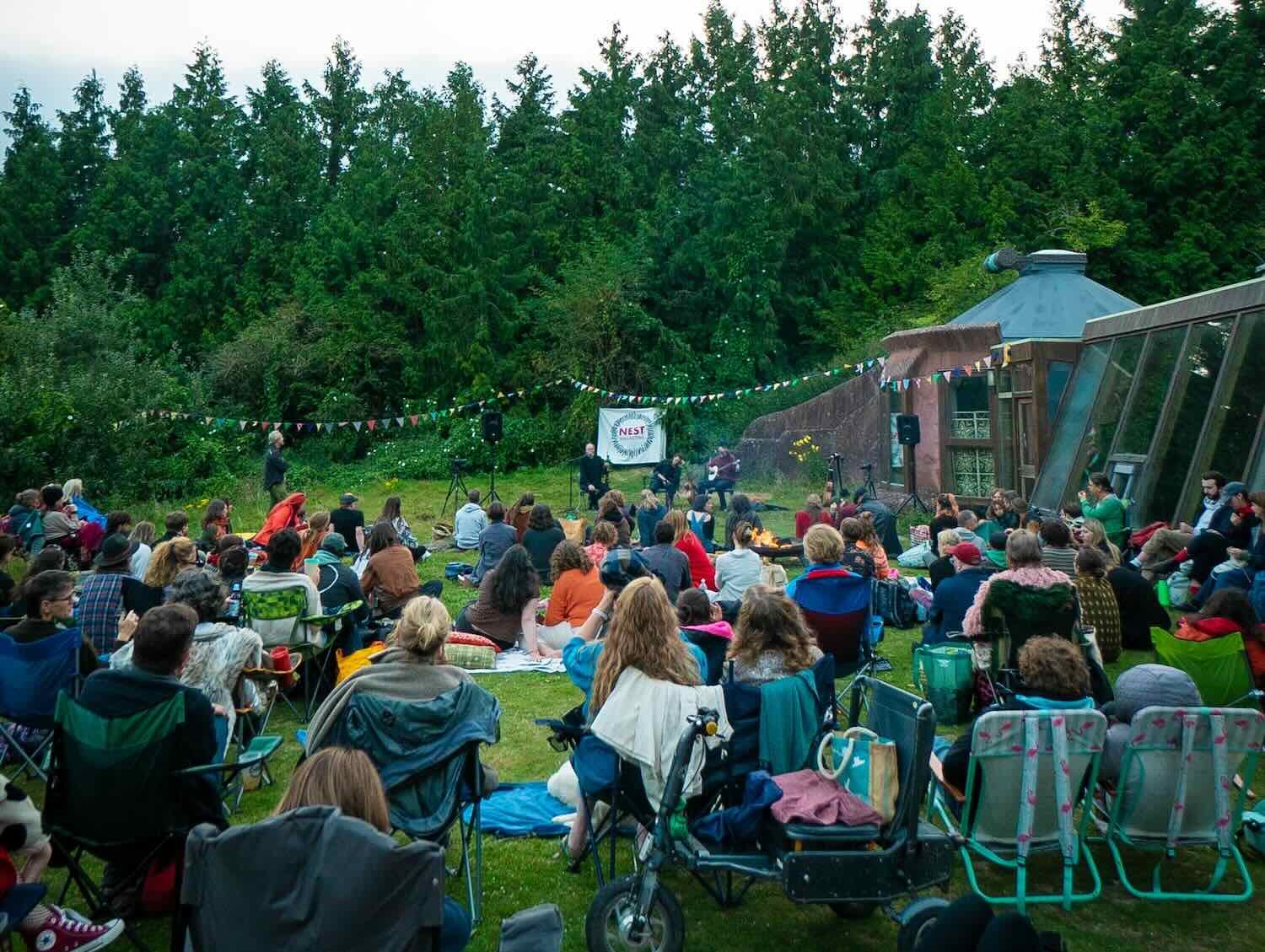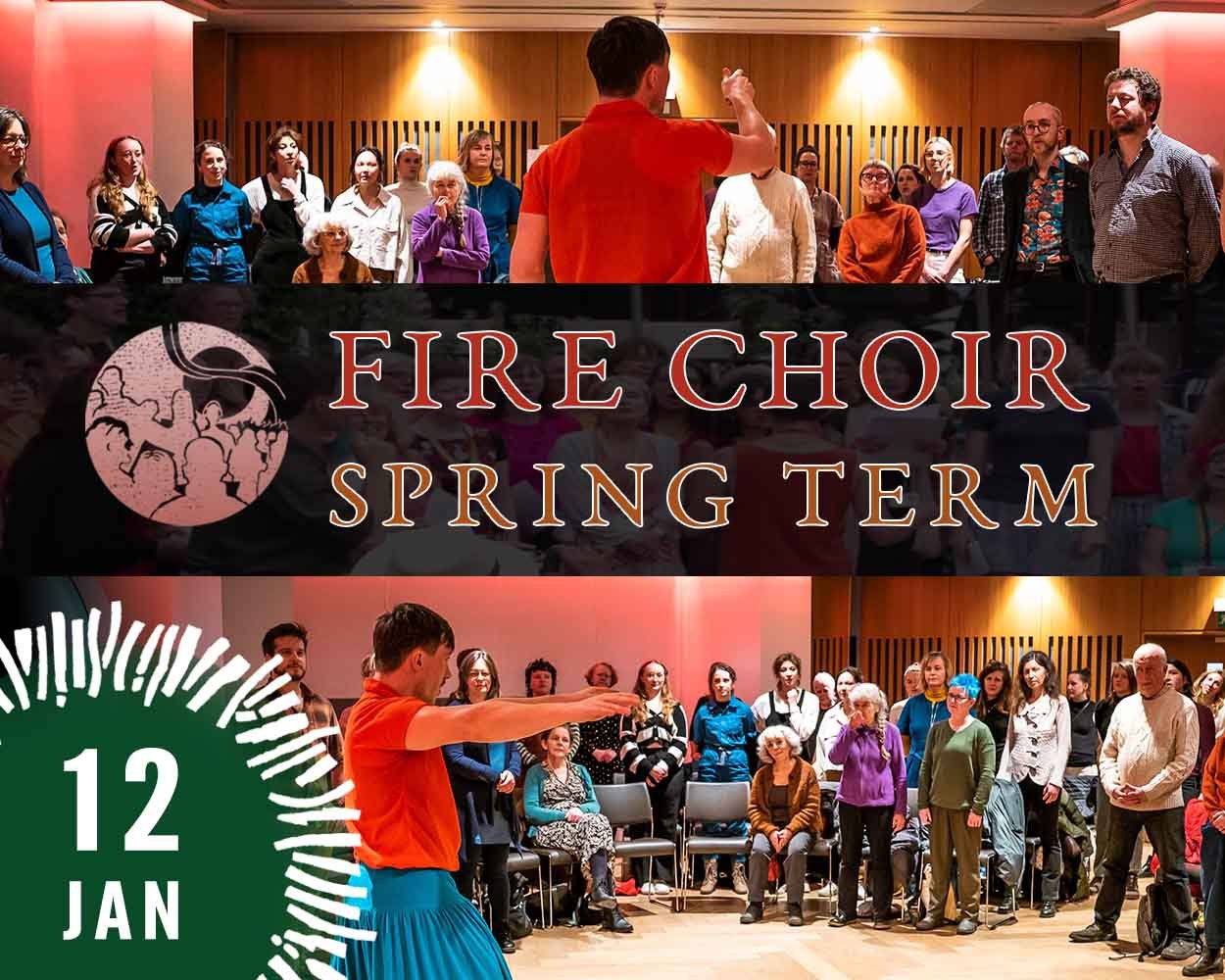
UPCOMING EVENTS
We are The Nest Collective
We bring people together to celebrate global traditions through extraordinary music
We’re an independent, non-profit arts organisation.
Join us for an evening of music by the campfire, a ceilidh celebration, a night of communal singing, or an intimate festival by the riverside.
Our projects include
THE NEST COLLECTIVE MONTHLY NEWSLETTER
Be the first to know about upcoming events.
To sign up all we need is your email address.
VIDEOS & MUSIC
Nest Sessions
Watch live performances by incredible artists at our events, filmed by the Nest team.
Campfire Club 2025
Enjoy a playlist of the incredible artists performing at Campfire Club shows in London and Brighton throughout Summer 2025.









